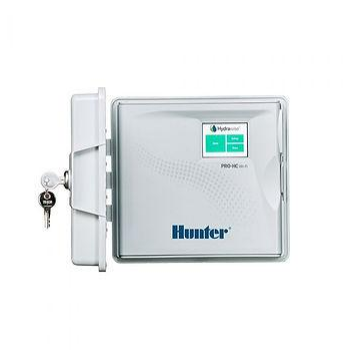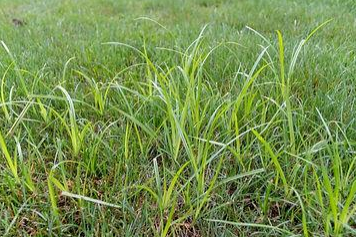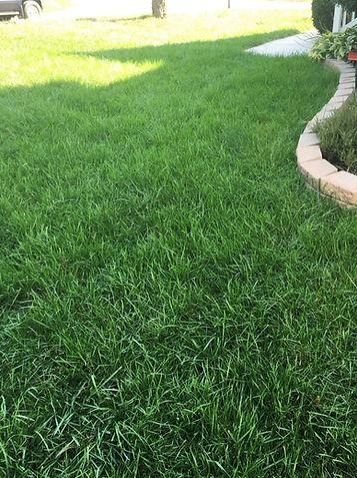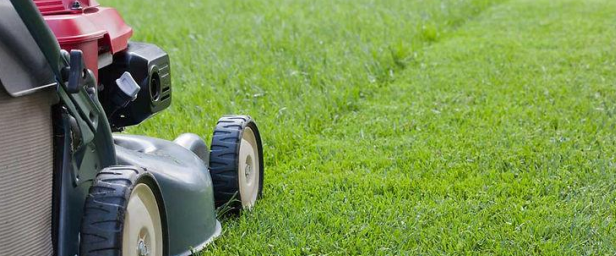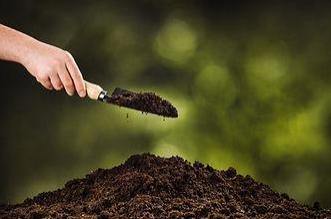WHEN SHOULD I AERATE AND SEED?
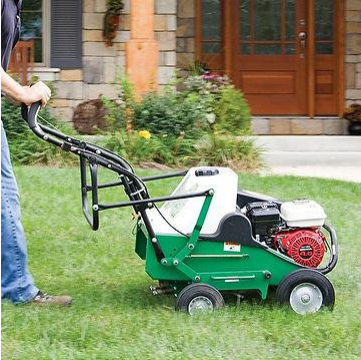
Chesterfield, VA. When should I aerate and seed - a simple question with a multi-part answer in the central Virginia area.
Aeration and seeding -- what are we hoping to accomplish? When aerating in order to seed, we are aiming to disrupt the soil and provide good seed soil contact, aiding in the success rate of the seeding. There are a few problems with aerating and seeding in the spring as opposed to the fall. The main thing that we should be focused on during the spring months is timing the application for pre-emergent weed control. The pre-emergent weed control is the most important application of the year, it sets the base for success. When the spring application goes down, it is forming a layer in the top of the soil so that when a seed tries to sprout, it is absorbed in the radicle root of the seed, and killed so that it can not mature into a weed plant.
If we go to aerate and seed during the same time period, we are now disrupting the protective layer we have put down to create a weed free lawn. The disruption in the layer now allows weed seeds to also germinate in the seedbed created in the lawn, creating exactly what we are trying to eliminate in a weed free lawn. There are a couple pre emergent treatments (Mesotrione, Topramazone) that will allow us to seed at the same time while still protecting against summer weeds, however these treatments do not change the other environmental characteristics of seeding during spring time.
The largest problem with seeding in the spring in the Virginia/mid Atlantic area is summer heat. When we seed in the fall, the new grass plants have time to absorb fertilizer nutrients and form carbohydrate stores which allow the grass plants to harden off and become stronger. The plants have healthy roots, stored carbohydrates, and are as ready as they can be to take on the ridiculous summer heat and humidity in this transitional area.
Cool season grass types including tall fescue and bluegrass are not happy over 84 degrees, so the more mature the plants are, the better they fare. When seedlings come up in April or May, they barely have any time to mature, or get the carbohydrates and rooting systems in place to survive the summer onslaught. Some figures find that you could maintain 30-50 percent of a seeding in the spring, where you may be able to maintain 90 percent of a fall seeding. When making the investment to a healthy, weed free lawn, the fall timing is a much better investment.
Although the desire to make an immediate change will be very strong in the spring months when everyone's lawns are greening up and looking good, the best time to make a change is transitioning out of the summer into the fall when it comes to seeding in central Virginia. By getting the schedule correct, you give yourself the absolute best chance for success and the lawn you always hoped to achieve. You will rarely win when you choose to take on Mother Nature. What are some things other than aerate that you can be doing to prepare the lawn for a fall seeding?
If you liked my first blog post, share it with a friend! For more information, questions or comments - sign up to share.
About me
Sean Welch is the owner/operator of SuperTurf LLC where he helps homeowners in the area improve the quality of their lawns and irrigation setups to achieve the success they desire. He was a formerly a golf course superintendent with a degree in Landscape and Turfgrass Management from Virginia Tech

